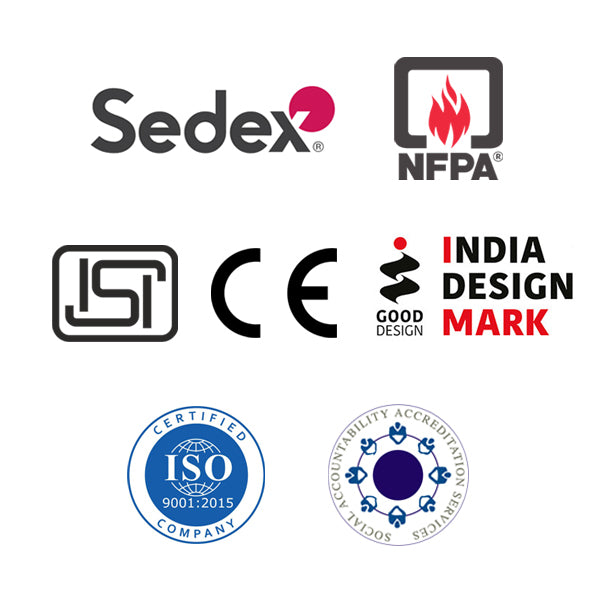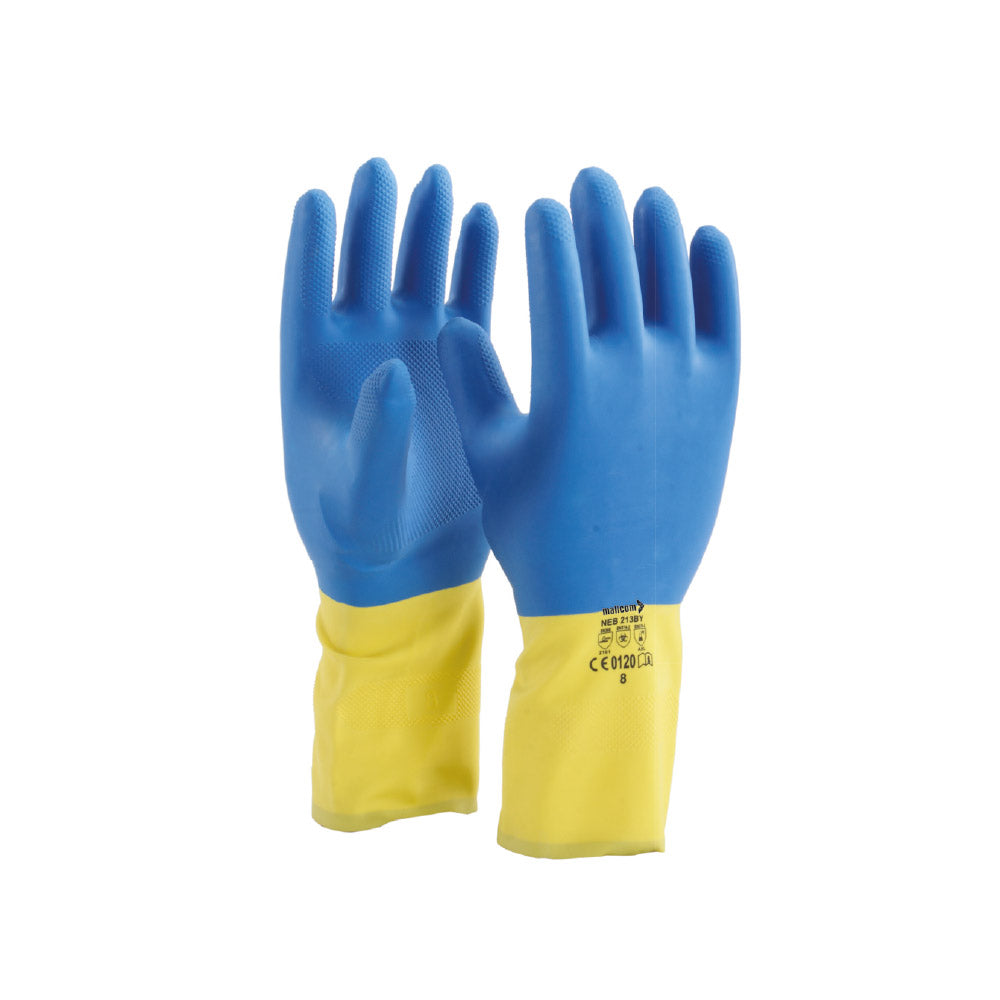NEB213BY
Share
Gauntlet unsupported gloves
- Neoprene blended bi-colour gloves.
- Provides much of the same protection as NE282B at economical costs.
- Raised diamond pattern grip Thickness 21 mil
Select Size
NEB213BY
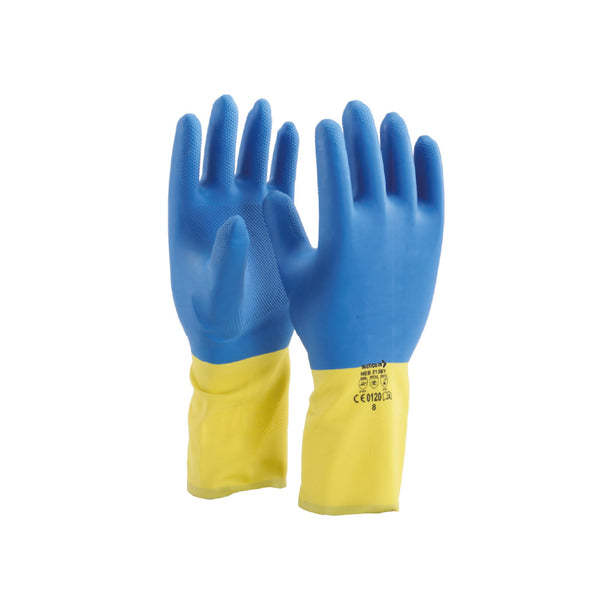
Size Chart
How to Measure
NEB213BY

NEB213BY

Delivery & Services

Easy Return
with our 15 days return poicy
Regular price
Rs. 0
Sale price
Rs. 0
Regular price
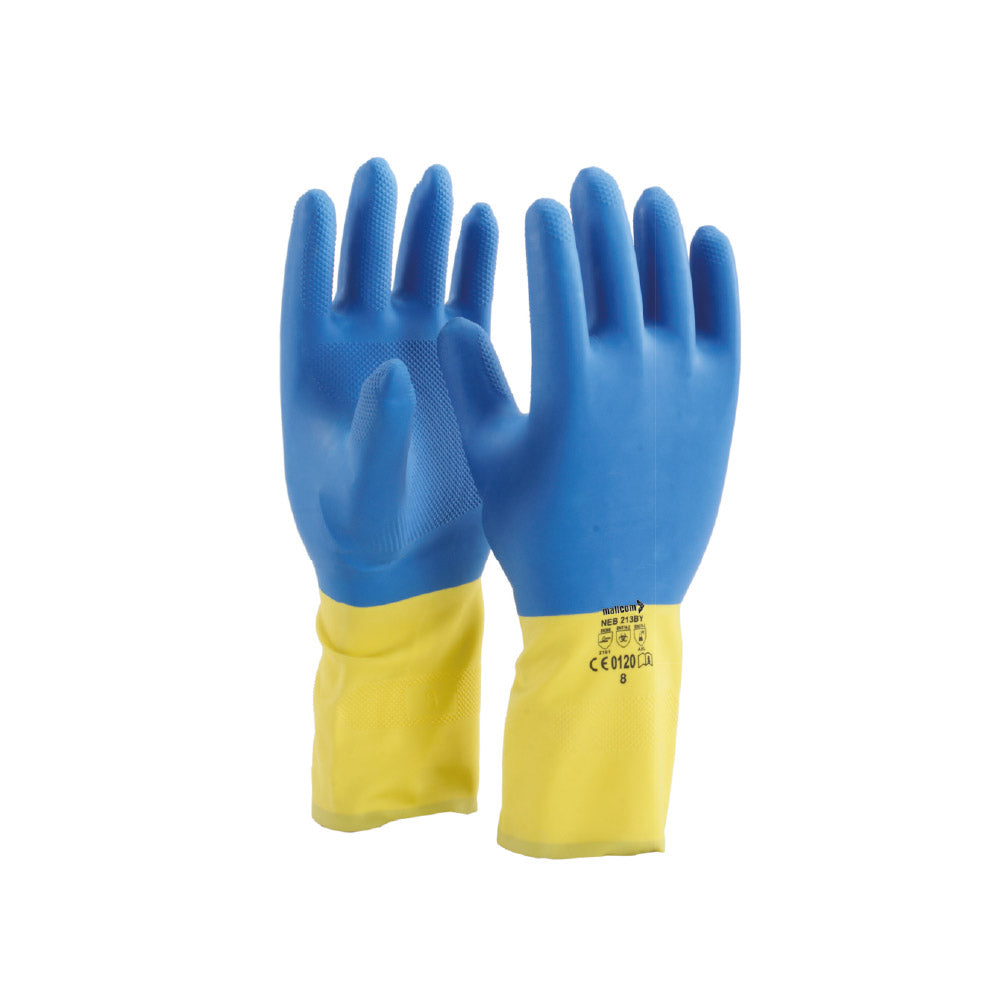
ABOUT THE DESIGN
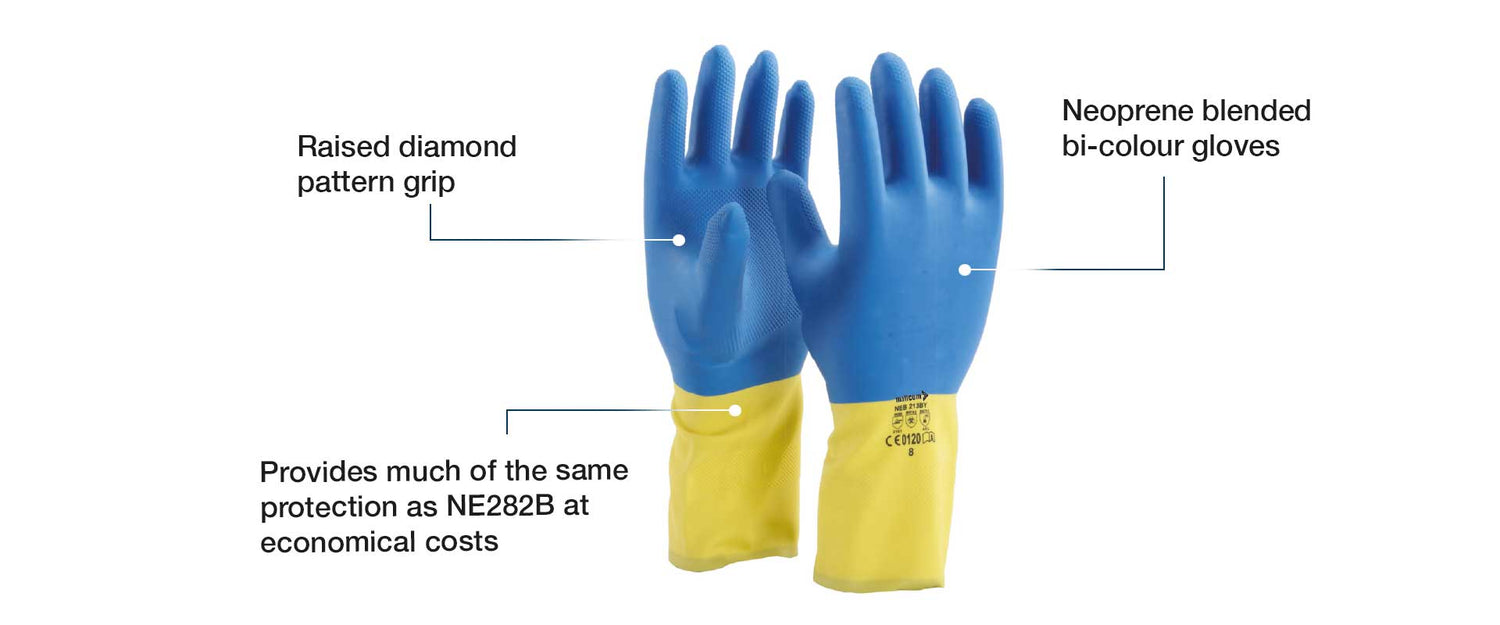
USEFUL IN THESE INDUSTRIES
Pharmaceutical
Chemical & Pain
Biotechnology
Hospitality & Housekeeping
Material Handling
Oil, gas & Petroleum

Product Features
ABOUT THE DESIGN

USEFUL IN THESE INDUSTRIES
Pharmaceutical
Chemical & Pain
Biotechnology
Hospitality & Housekeeping
Material Handling
Oil, gas & Petroleum
Product Details
